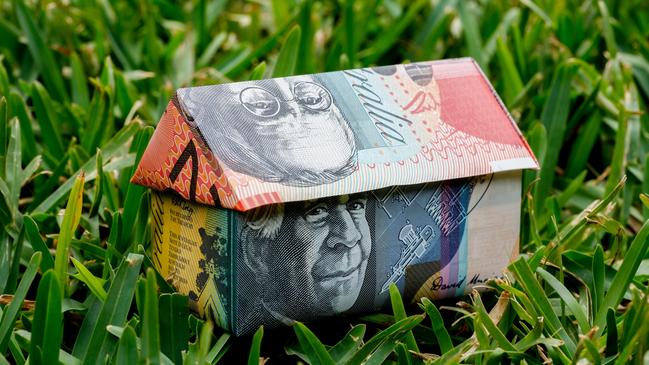Pitfalls and benefits in reverse mortgages and their cousins
Watch out! Products offering to tap equity in your home can cost a lot more than you might expect.

Reverse mortgage products are back in the spotlight following the expansion of the federal government’s in-house reverse mortgage, the Pension Loan Scheme. For investors, reverse mortgages and their near cousins, home equity release schemes, both offer attractions and dangers in almost equal order.
Let’s look at both, keeping in mind reverse mortgages are widely available, while only one bank — Bendigo bank through its Homesafe subsidiary — offers equity release products.
Retirees who may take out either of their products fall into three broad categories:
1: Those who require a regular top-up of income but do not need larger lump-sum amounts;
2: Those who require a mix of lump sums and regular top-ups and plan to sell the family home within the next five to 10 years;
3: Those who require a lump-sum payment and do not intend to sell the family home for 10 years or more.
The main limitation of the Pension Loan Scheme is that it operates purely on a top-up basis, providing up to 150 per cent of the full rate of Age Pension as a loan, but no lump sums — handy for those wanting that regular top-up to maintain their standard of living but a dead end for those wanting to draw out larger lump sums to buy cars, caravans and travel.
For lump sum-seeking retirees, next up are reverse mortgages and Homesafe’s wealth release product.
If you plan to sell the family home in the next five to 10 years, a reverse mortgage may be the first line of inquiry.
There are several providers in the market and most allow a mix of regular drawdowns and lump-sums. Once an initial credit limit is set and a facility put in place, it’s simply the case of drawing out as much as you need, when you need it. It is important to note that you only start to accrue interest on drawn funds; undrawn funds do not attract any interest.
The main drawback from reverse mortgages is the capitalisation of interest on the outstanding loan.
Interest is charged on interest, leading to exponential growth of the loan balance, particularly over longer periods.
In contrast, Homesafe offers a wealth release product where the homeowner agrees to sell a share of the future sale proceeds of their home in return for a lump-sum payment.
The retiree remains the title owner, and retains complete control over what happens to the property. The home is sold only when the homeowner chooses, or after the death of the surviving homeowner, with surplus proceeds returned to the estate.
The key to understanding the Homesafe product is that you are not simply selling a percentage of the current value of your property.
You are not getting $200,000 for a 20 per cent stake in your $1 million property. You are selling a share of the future value of the property.
Homesafe calculates the lump-sum payment offered today by using several actuarial principles and assumptions. It then applies a discounted cashflow model resulting in a lump-sum offer that will be different for each applicant.
Neither reverse mortgages nor home equity products are ideal: the main thing to remember is there is no such thing as a free lunch and under each option, there is a payback down the track that will reduce the proceeds of sale when the family home is ultimately sold.
James Gerrard is the principal and director of Sydney financial planning firm FinancialAdvisor.com.au



To join the conversation, please log in. Don't have an account? Register
Join the conversation, you are commenting as Logout